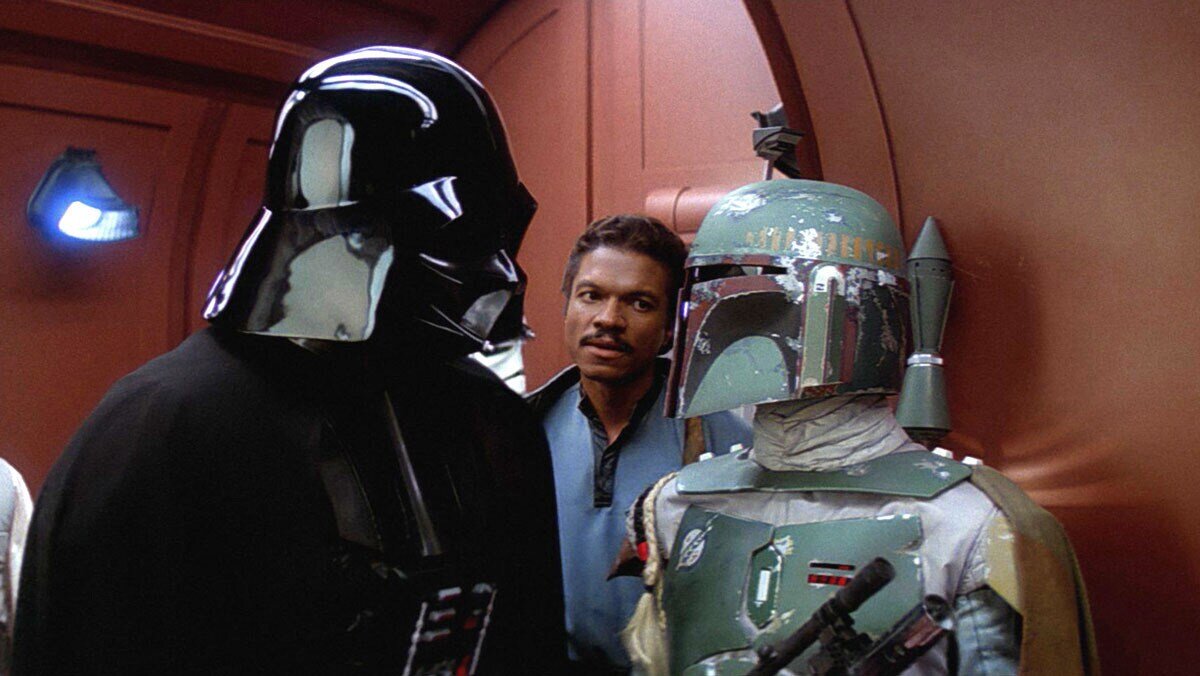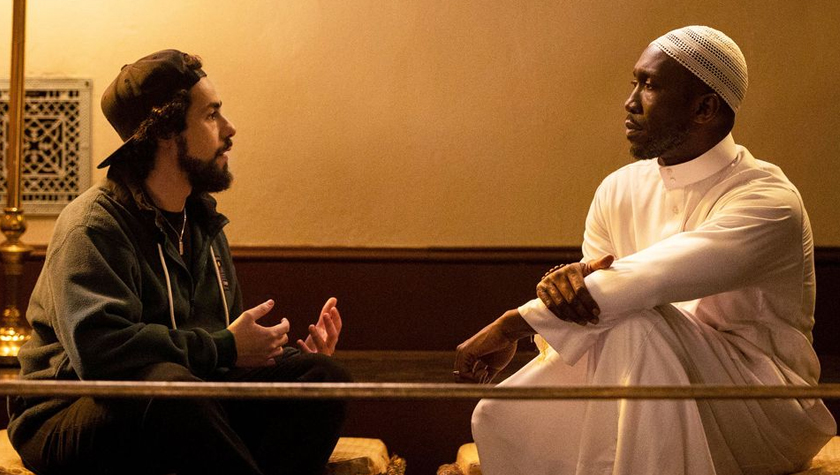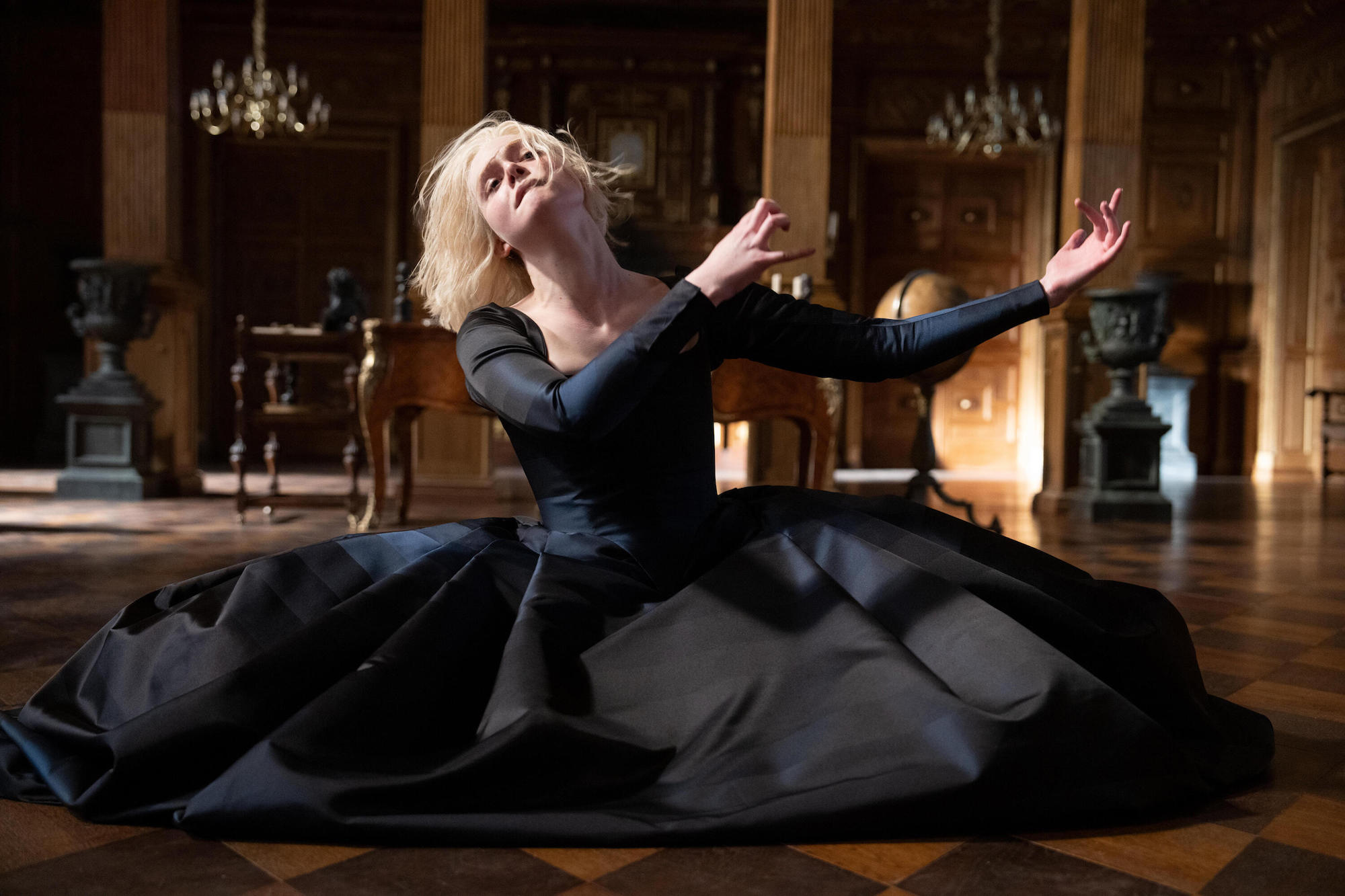5 Takeaways from Hulu's 'The Great'
July 20, 2020
The Great is the study of a patriarchal, fascist, arrogant and clueless leader, Peter III of Russia. It’s also the story of a rebellious and disillusioned bride that thought her union would bring her true love, but instead brings her nothing but grief. When Catherine the Great, played with a quick wit and unwavering determination by Elle Fanning, decides she’ll take down her husband, Peter, the show collides in a swirl of revenge, grandeur, humor and cruelty. It can turn on beat, in many thanks to Nicholas Hoult’s villainous (and perhaps, career skyrocketing) turn as the intolerable Peter. Hoult has crafted an antagonist for the ages—infinitely watchable, hysterically funny, and bone-chillingly evil. Not to mention, he spews one-liners so memorable you’ll want to rewind and watch him say them again. The Great is indeed a masterclass in constructing an unforgettable protagonist that breaks hearts in all the right places.
Here are five screenwriting takeaways writers can implement when striving to construct an antagonist with the exact right touch of evil.
- Tie Your Antagonist to Your Protagonist. To help make the proverbial “bad-guy” two dimensional, ensure your antagonist is tied to your protagonist, both with conflict-resolution and thematically. In The Great, both Catherine and Peter want power, they just have very different ways of going about achieving and maintaining it. Peter rules with an iron fist and does not hesitate to send his country into unwinnable wars for the sake of maintaining Russia’s reputation. Catherine sees no way to achieve power other than by overthrowing and killing her husband. By giving both the antagonist and protagonist the same goal, conflict is instantly built into the story. The differing leadership styles of the two are constantly underscored, and often both Peter and Catherine muse out loud when it comes to how they handle the country. Case in point: Catherine states, “It must be an enormous responsibility and honor to lead a country of such import.” Peter replies, “It's actually not that hard.” The virtuous Catherine and the delusional Peter are instantly and constantly at odds.
- A Hero In Their Own Minds. Most great antagonists are a hero in their own minds. They believe they are going to achieve something great, and their mission is valuable. In The Great, Peter is no exception. Because no one around him tells him “no”—everyone laughs at his jokes, and everyone in court enjoys his parties—he truly believes he’s a good leader. He repeatedly tells Catherine, “Everyone loves me.” But Peter also dislikes any challenges to the way he rules. When Catherine suggests, “Together, we could create a greater Russia.” Peter replies, “No. I rule. You serve.”
- Build Moments of Empathy. Every human, no matter how inherently evil, is a dynamic and multi-layered person. Most people are not born with bad intentions. There’s usually something in their backstory that launched them on a darker path, and this backstory is often tied to moments of empathy. The Joker fell into a vat of acid. Lord Voldemort lost his nose in seeking immortality. And Peter lost his mother at a very young age. Peter continuously calls his mother a saint, but it’s slowly revealed Peter’s mother did not share the same opinion of him.
- Give The Antagonist Their Own Stakes. While some of Peter’s wants and desires are tied to Catherine’s same wants and desires, he does have stakes of his own. Mainly, the great stakes of history coincided with Peter’s reign. He is often uncertain of his own decisions regarding war, and those surrounding him all have strong opinions as well. Peter famously withdrew from the Seven Years War and decided to redirect troops to regain former Russian territory in Denmark instead. While The Great only subtly delves into Russia’s complicated history with its European neighbors, it does repeatedly underscore Peter’s ineptitude at making sound decisions for his troops and his people.
- Give The Antagonist a Fatal Flaw. Flaws help create conflict and good stories come from conflict, so assigning a flaw to the story’s antagonist can always help generate more story ideas. Think of the flaw as a character imbalance. In The Great, it’s revealed after the pilot that Peter takes pleasure in sadism. Not only is he an inept ruler, but he loves sex, booze and showing off the heads of his enemies. It is also not beyond him to hit his wife. When Peter finally asks his court to air their grievances, he does so with murdered bodies strewn in the background, “I’m happy to hear of anyone’s problems with me. Don’t mind the bodies in the back.”
Final Takeaway: With screenwriter Tony McNamara’s chaotic wit and Nicholas Hoult’s unnerving delivery, The Great creates an unforgettable antagonist in Peter III. As Hoult romps through the story and owns the screen with one-liners, glee in the sadistic, and an ineptitude that one cannot help compare to our current state of political affairs, The Great sometimes feels less like a period piece and more like a comedic cautionary tale. It allows the viewer to release the tension of the day and cringe all at once, recalling that Catherine’s troubles don’t even seem that farfetched. None of this could be achieved without McNamara’s excellent construction of Peter’s complicated villainous personality that every screenwriter can learn from.
Written by: Lindsay Stidham
Lindsay holds an MFA in screenwriting from the American Film Institute. She has overseen two scripts from script to screen as a writer/ producer. SPOONER, starring Matthew Lillard (SLAMDANCE), and DOUCHEBAG (SUNDANCE) both released theatrically. Most recently Lindsay sold PLAY NICE starring Mary Lynn Rajskub. The series was distributed on Hulu. Recent directing endeavors include the Walla Walla premiering (and best screenplay nominated) TIL DEATH DO US PART, and the music video for Bible Belt’s Tomorrow All Today. Lindsay is currently working on an interactive romcom for the production company Effin' Funny, and a feature film script for Smarty Pants Pictures. Lindsay also currently works as an Adjunct Screenwriting Faculty member at USC’s School of Cinematic Arts. You can follow her work here: https://lindsaystidham.onfabrik.com/- Topics:
- Discussing TV & Film




